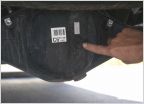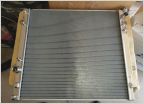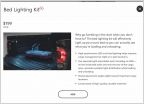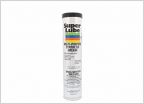-
Welcome to Tacoma World!
You are currently viewing as a guest! To get full-access, you need to register for a FREE account.
As a registered member, you’ll be able to:- Participate in all Tacoma discussion topics
- Communicate privately with other Tacoma owners from around the world
- Post your own photos in our Members Gallery
- Access all special features of the site
2.7 Head Gasket job in progress.
Discussion in '2nd Gen. Tacomas (2005-2015)' started by Johnnyjtaco, Jul 29, 2024.


 Rear spot lights
Rear spot lights 4.0 liter 1GR-FE V6 4X4 TRD 6-Speed Manual Transmission 30K Service Checklist
4.0 liter 1GR-FE V6 4X4 TRD 6-Speed Manual Transmission 30K Service Checklist CSF All Aluminum Performance Radiator For our trucks FINALLY!!!
CSF All Aluminum Performance Radiator For our trucks FINALLY!!! 3rd Gen OEM Bed Lighting Kit on a 2nd Gen?
3rd Gen OEM Bed Lighting Kit on a 2nd Gen? U Joint Grease
U Joint Grease







































































